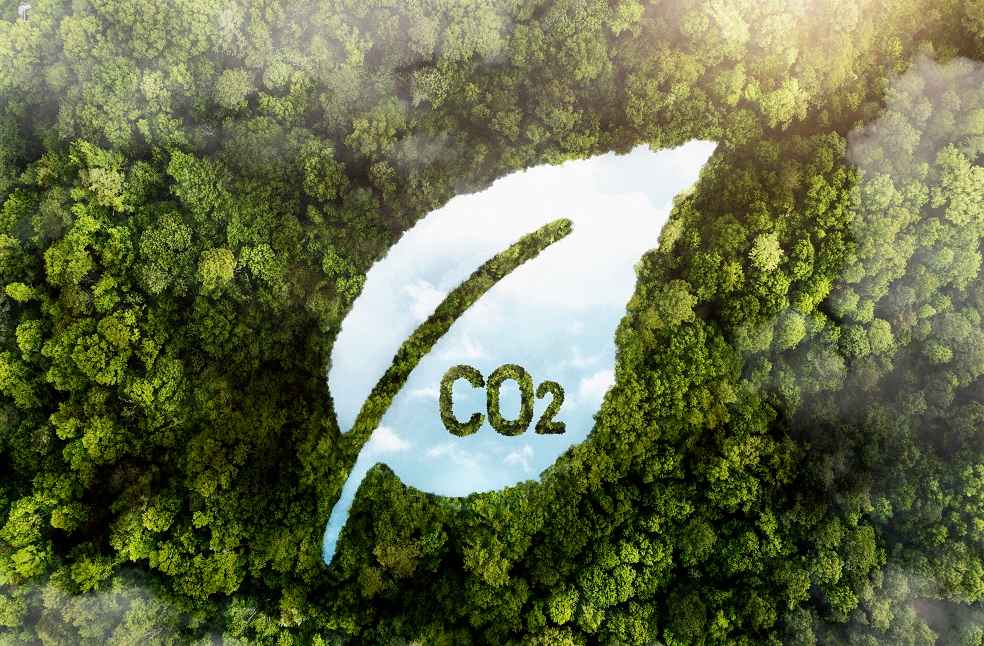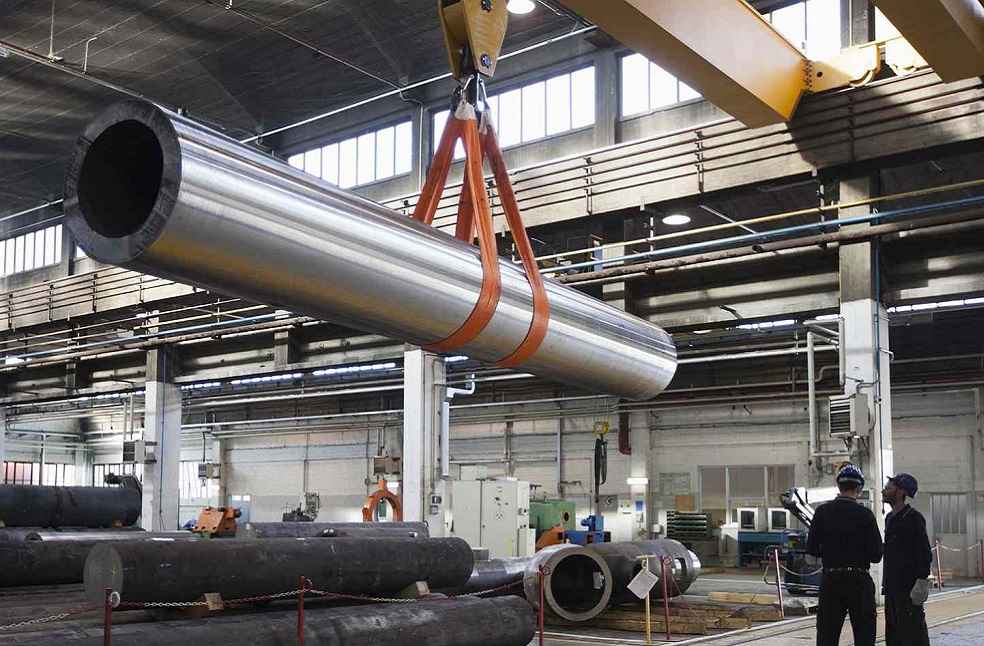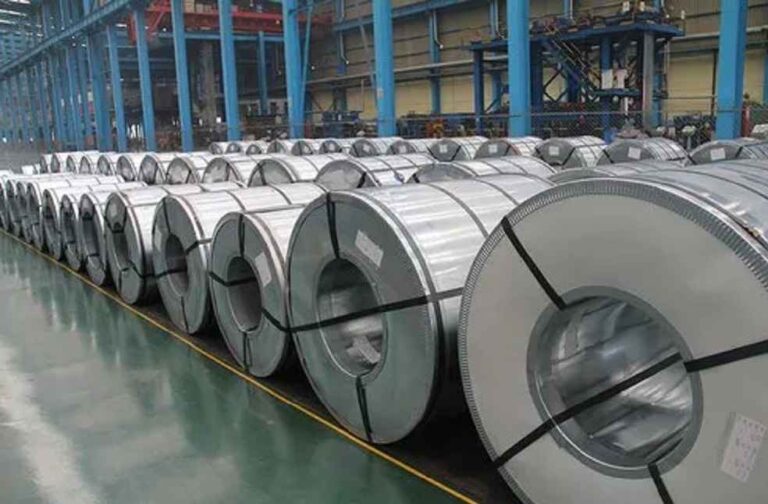Germany’s upcoming Low Emission Steel Standard (LESS), expected to roll out by late 2024, presents a formidable challenge for India’s steel industry, already facing turbulent times. This new standard seeks to classify steel based on carbon emissions, aligning with the global trend towards sustainable practices.
India’s steel sector, once a net exporter, now grapples with a steep decline in exports and a sharp rise in imports. Data from the Global Trade Research Initiative (GTRI) shows a major drop in steel exports—down 31.2 per cent from $31.7 billion in 2021-22 to $21.8 billion in 2023-24. Concurrently, steel imports have surged 37 per cent, jumping from $17.3 billion to $23.7 billion. The shift from net exporter to net importer underscores vulnerabilities within the industry.

LESS, devised by the German Steel Federation and the Federal Ministry of Economics and Climate Protection, introduces a five-tier classification system, ranging from Class A (ultra-low emission) to Class E (high emission). This standard evaluates factors such as carbon footprint and scrap content, setting new benchmarks for the global steel industry.
GTRI founder Ajay Srivastava warns of the potential repercussions for Indian steel producers. While adherence to LESS remains voluntary, Srivastava highlights the risks of non-compliance, stating, “Global markets are increasingly demanding low-carbon products. Indian steel producers not aligning with LESS may struggle to compete in the international arena.”

This pressure from LESS compounds existing challenges for India’s steel sector, which also faces the impending European carbon border adjustment mechanism (CBAM). These dynamics mark a critical juncture for the industry, where maintaining competitive edge may hinge on adopting greener practices.
TRADE TECH | AliExpress Enters Ethiopia: A Game-Changer for E-commerce



